1. Leo WR. The bethe-bloch formula. 1994. Techniques for nuclear and particle physics experiments. 2nd ed. Spriger-Verlag;Berlin, Heidelberg: DOI:
10.1007/978-3-642-57920-2.
2. Shin J, Park S, Kim H, Kim M, Jeong C, Cho S, et al. 2015; Proton linear energy transfer measurement using emulsion cloud chamber. Nucl Instrum Methods Phys Res B. 349:201–208. DOI:
10.1016/j.nimb.2014.12.083.

3. International Commission on Radiation Units & Measurements. 2007. Report 78: prescribing, recording, and reporting proton-beam therapy. International Commission on Radiation Units & Measurements;Bethesda:
4. Baek HJ, Kim TH, Shin D, Kwak JW, Choo DW, Lee SB, et al. 2008; Radiobiological characterization of proton beam at the National Cancer Center in Korea. J Radiat Res. 49:509–515. DOI:
10.1269/jrr.08017. PMID:
18567940.

5. Lawrence E, Livingston M. 1931; The production of high speed protons without the use of high voltages. Phys Rev. 38:834. DOI:
10.1103/PhysRev.38.834.

6. Giap H, Giap B. 2012; Historical perspective and evolution of charged particle beam therapy. Transl Cancer Res. 1:127–136.
7. Particle Therapy Co-Operative Group. 2020. Facilties in operation. Particle Therapy Co-Operative Group;Taipei: Available from:
https://www.ptcog.ch
. cited 2020 May 13.
9. Shin D, Yoon M, Kwak J, Shin J, Lee SB, Park SY, et al. 2009; Secondary neutron doses for several beam configurations for proton therapy. Int J Radiat Oncol Biol Phys. 74:260–265. DOI:
10.1016/j.ijrobp.2008.10.090. PMID:
19362245.

10. Jeong H, Rah JE, Hwang UJ, Yoo SH, Min BJ, Lee SY, et al. 2011; Estimation of the secondary cancer risk induced by diagnostic imaging radiation during proton therapy. J Radiol Prot. 31:477–487. DOI:
10.1088/0952-4746/31/4/007. PMID:
22089084.

11. Li X, Liu G, Janssens G, De Wilde O, Bossier V, Lerot X, et al. 2019; The first prototype of spot-scanning proton arc treatment delivery. Radiother Oncol. 137:130–136. DOI:
10.1016/j.radonc.2019.04.032. PMID:
31100606.

12. Ding X, Li X, Zhang JM, Kabolizadeh P, Stevens C, Yan D. 2016; Spot-Scanning Proton Arc (SPArc) therapy: the first robust and delivery-efficient spot-scanning proton arc therapy. Int J Radiat Oncol Biol Phys. 96:1107–1116. DOI:
10.1016/j.ijrobp.2016.08.049. PMID:
27869083.

13. Wilson JD, Hammond EM, Higgins GS, Petersson K. 2020; Ultra-high dose rate (FLASH) radiotherapy: silver bullet or fool's gold? Front Oncol. 9:1563. DOI:
10.3389/fonc.2019.01563. PMID:
32010633.

14. Patriarca A, Fouillade C, Auger M, Martin F, Pouzoulet F, Nauraye C, et al. 2018; Experimental set-up for FLASH proton irradiation of small animals using a clinical system. Int J Radiat Oncol Biol Phys. 102:619–626. DOI:
10.1016/j.ijrobp.2018.06.403. PMID:
30017793.

15. Beyreuther E, Brand M, Hans S, Hideghéty K, Karsch L, Leßmann E, et al. 2019; Feasibility of proton FLASH effect tested by zebrafish embryo irradiation. Radiother Oncol. 139:46–50. DOI:
10.1016/j.radonc.2019.06.024. PMID:
31266652.

16. Diffenderfer ES, Verginadis II, Kim MM, Shoniyozov K, Velalopoulou A, Goia D, et al. 2020; Design, implementation, and in vivo validation of a novel proton FLASH radiation therapy system. Int J Radiat Oncol Biol Phys. 106:440–448. DOI:
10.1016/j.ijrobp.2019.10.049. PMID:
31928642.
18. Handrack J, Tessonnier T, Chen W, Liebl J, Debus J, Bauer J, et al. 2017; Sensitivity of post treatment positron emission tomography/computed tomography to detect inter-fractional range variations in scanned ion beam therapy. Acta Oncol. 56:1451–1458. DOI:
10.1080/0284186X.2017.1348628. PMID:
28918686.

19. Kurz C, Bauer J, Unholtz D, Richter D, Herfarth K, Debus J, et al. 2016; Initial clinical evaluation of PET-based ion beam therapy monitoring under consideration of organ motion. Med Phys. 43:975–982. DOI:
10.1118/1.4940356. PMID:
26843257.

20. Min CH, Kim CH, Youn MY, Kim JW. 2006; Prompt gamma measurements for locating the dose falloff region in the proton therapy. Appl Phys Lett. 89:183517. DOI:
10.1063/1.2378561.

21. Gensheimer MF, Yock TI, Liebsch NJ, Sharp GC, Paganetti H, Madan N, et al. 2010; In vivo proton beam range verification using spine MRI changes. Int J Radiat Oncol Biol Phys. 78:268–275. DOI:
10.1016/j.ijrobp.2009.11.060. PMID:
20472369.

22. Arjomandy B, Taylor P, Ainsley C, Safai S, Sahoo N, Pankuch M, et al. 2019; AAPM task group 224: comprehensive proton therapy machine quality assurance. Med Phys. 46:e678–e705. DOI:
10.1002/mp.13622. PMID:
31125441.

23. Schneider U, Pemler P, Besserer J, Pedroni E, Lomax A, Kaser-Hotz B. 2005; Patient specific optimization of the relation between CT-hounsfield units and proton stopping power with proton radiography. Med Phys. 32:195–199. DOI:
10.1118/1.1833041. PMID:
15719970.

24. Jo K, Kim MY, Jeong JH, Jeang EH, Kim H, Park S, et al. 2015; A practical experience of dose modeling for proton pencil beam scanning in KNCC. J Korean Phys Soc. 67:108–115. DOI:
10.3938/jkps.67.108.

25. Kim DW, Lim YK, Shin J, Ahn S, Shin MY, Lee SB, et al. 2009; A dose verification method for proton therapy by using a plastic scintillation plate. J Korean Phys Soc. 55:702–708. DOI:
10.3938/jkps.55.702.
26. Cho S, Lee N, Song S, Son J, Kim H, Jeong JH, et al. 2018; Toward a novel dosimetry system using acrylic disk radiation sensor for proton pencil beam scanning. Med Phys. 45:5277–5282. DOI:
10.1002/mp.13149. PMID:
30133716.

27. Shin J, Kim D, Lim YK, Ahn S, Shin D, Yoon MG, et al. 2010; Monte Carlo modeling and simulation of a passive treatment proton beam delivery system using a modulation wheel. J Korean Phys Soc. 56:153–163. DOI:
10.3938/jkps.56.153.
28. Kim DH, Kang YN, Suh TS, Shin J, Kim JW, Yoo SH, et al. 2012; Monte Carlo modeling and validation of a proton treatment nozzle by using the Geant4 toolkit. J Korean Phys Soc. 61:1125–1130. DOI:
10.3938/jkps.61.1125.

29. Shin WG, Testa M, Kim HS, Jeong JH, Lee SB, Kim YJ, et al. 2017; Independent dose verification system with Monte Carlo simulations using TOPAS for passive scattering proton therapy at the National Cancer Center in Korea. Phys Med Biol. 62:7598–7616. DOI:
10.1088/1361-6560/aa8663. PMID:
28809759.

30. Lee SH, Cho S, You SH, Shin D, Park SY, Lee SB, et al. 2012; Evaluation of radioactivity induced by patient-specific devices in proton therapy. J Korean Phys Soc. 60:125–128. DOI:
10.3938/jkps.60.125.

31. Lim YK, Kwak J, Kim DW, Shin D, Yoon M, Park S, et al. 2009; Microscopic gold particle-based fiducial markers for proton therapy of prostate cancer. Int J Radiat Oncol Biol Phys. 74:1609–1616. DOI:
10.1016/j.ijrobp.2009.02.076. PMID:
19616746.

32. Kwak J, Shin J, Kim JS, Park SY, Shin D, Yoon M, et al. 2010; Dosimetric influence of implanted gold markers in proton therapy for prostate cancer. Korean J Med Phys. 21:291–297.
33. Sánchez-Parcerisa D, López-Aguirre M, Dolcet Llerena A, Udías JM. 2019; MultiRBE: Treatment planning for protons with selective radiobiological effectiveness. Med Phys. 46:4276–4284. DOI:
10.1002/mp.13718. PMID:
31310683.
34. Park S, Jeong C, Kang DY, Shin JI, Cho S, Park JH, et al. 2013; Proton-radiography-based quality assurance of proton range compensator. Phys Med Biol. 58:6511–6523. DOI:
10.1088/0031-9155/58/18/6511. PMID:
24002543.

35. Kim DW, Lim YK, Ahn SH, Shin J, Shin D, Yoon M, et al. 2011; Prediction of output factor, range, and spread-out Bragg peak for proton therapy. Med Dosim. 36:145–152. DOI:
10.1016/j.meddos.2010.02.006. PMID:
20599372.


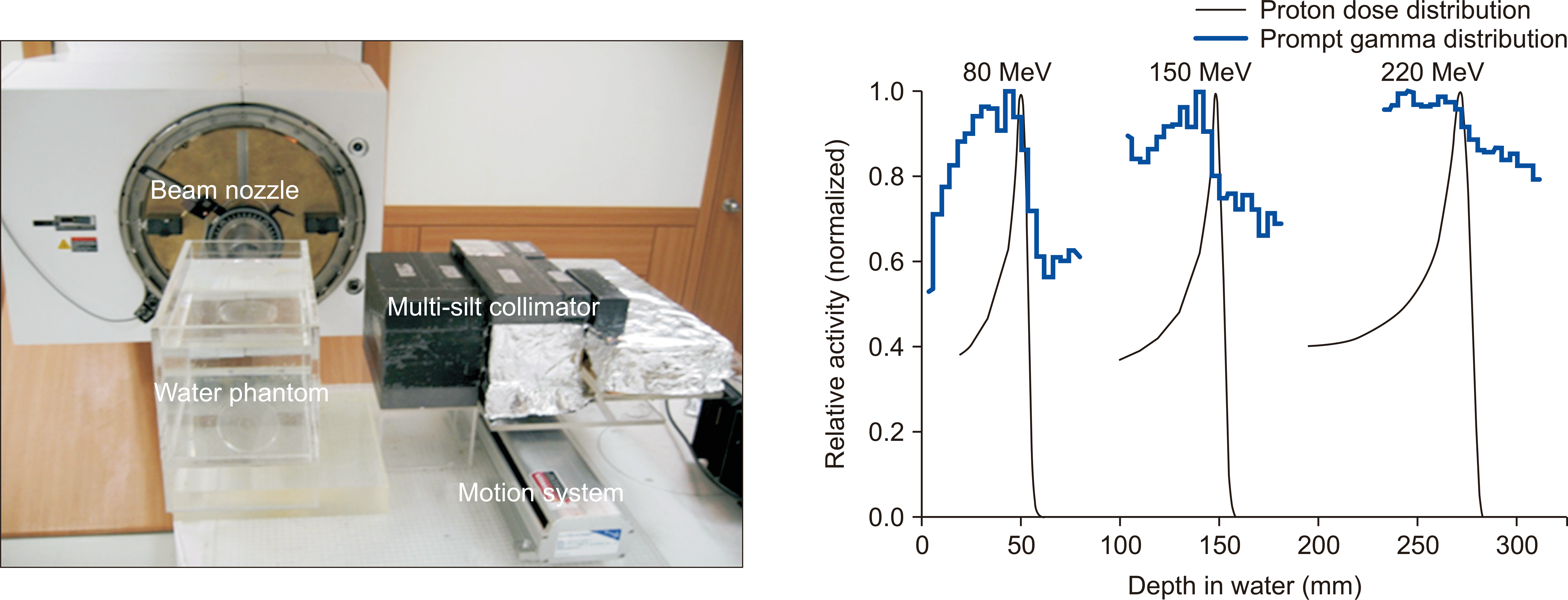




 PDF
PDF Citation
Citation Print
Print




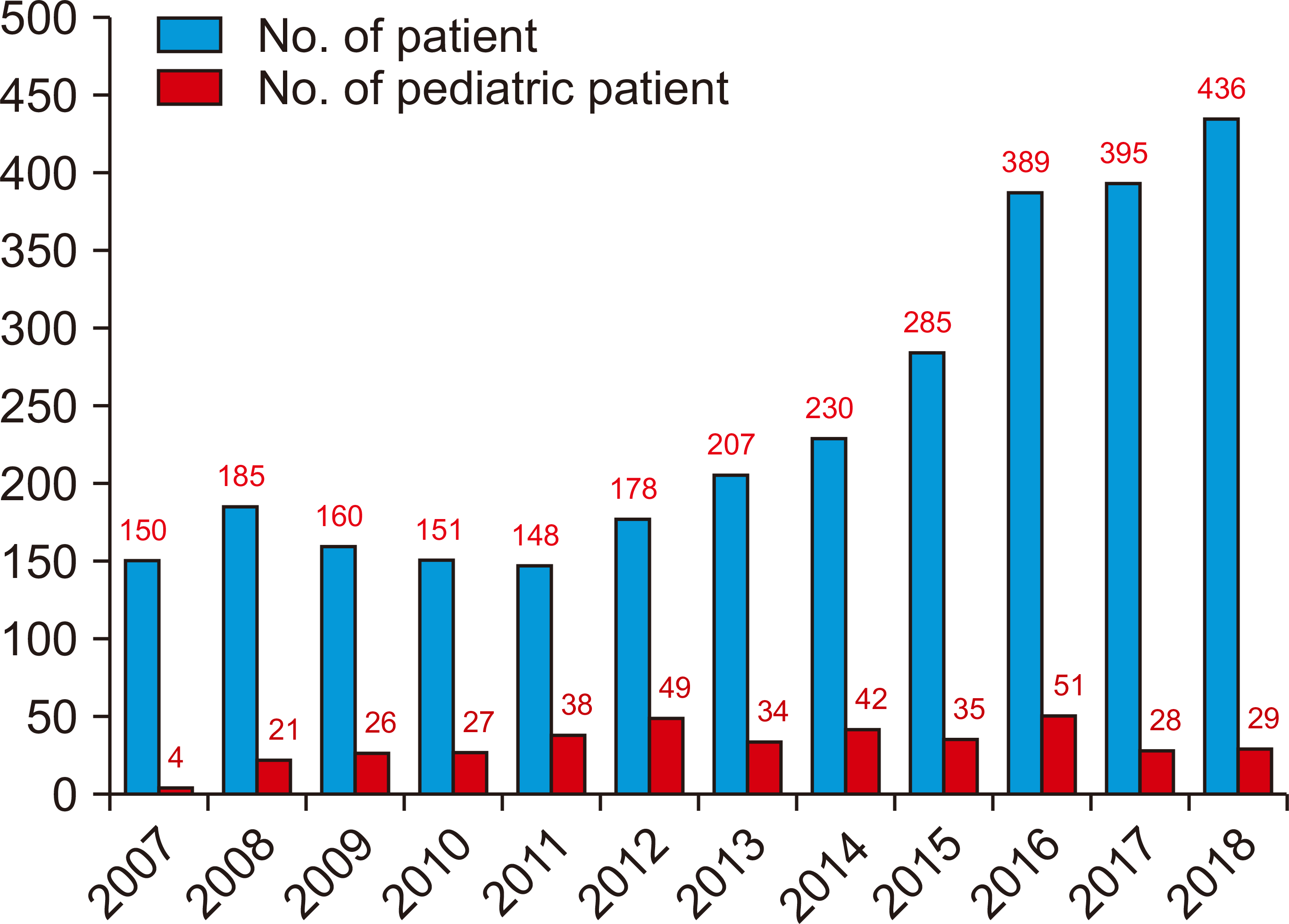
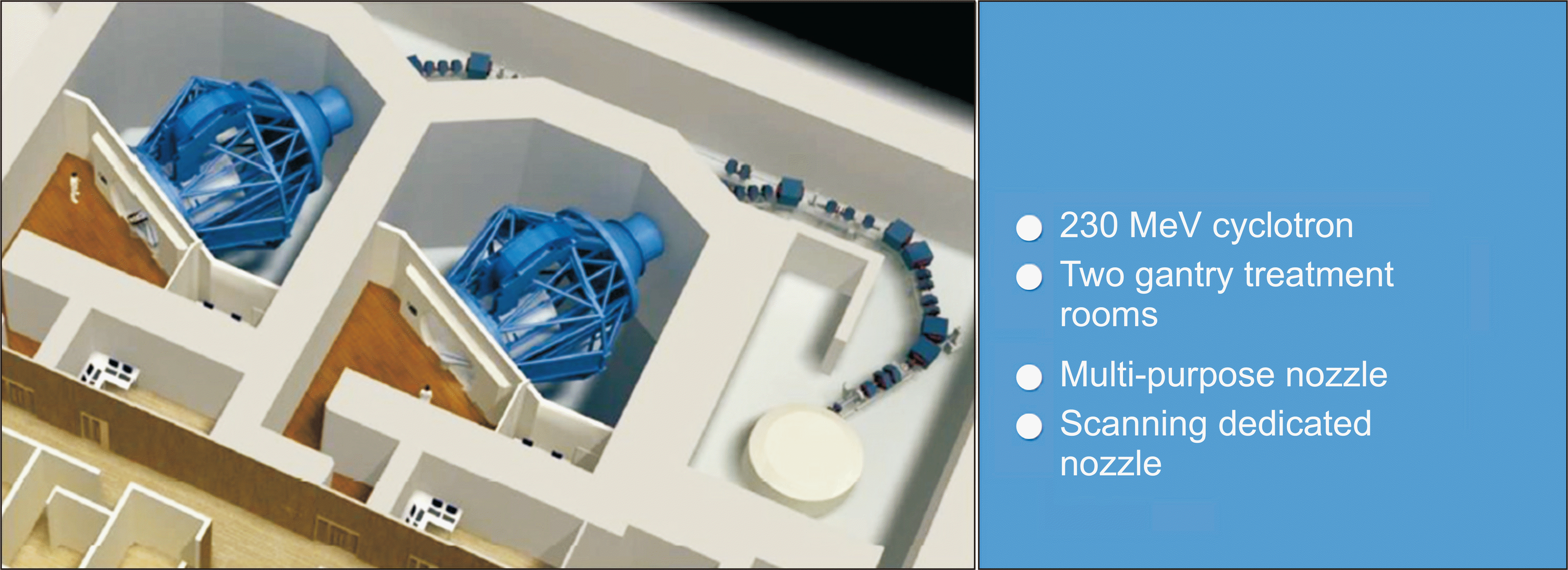
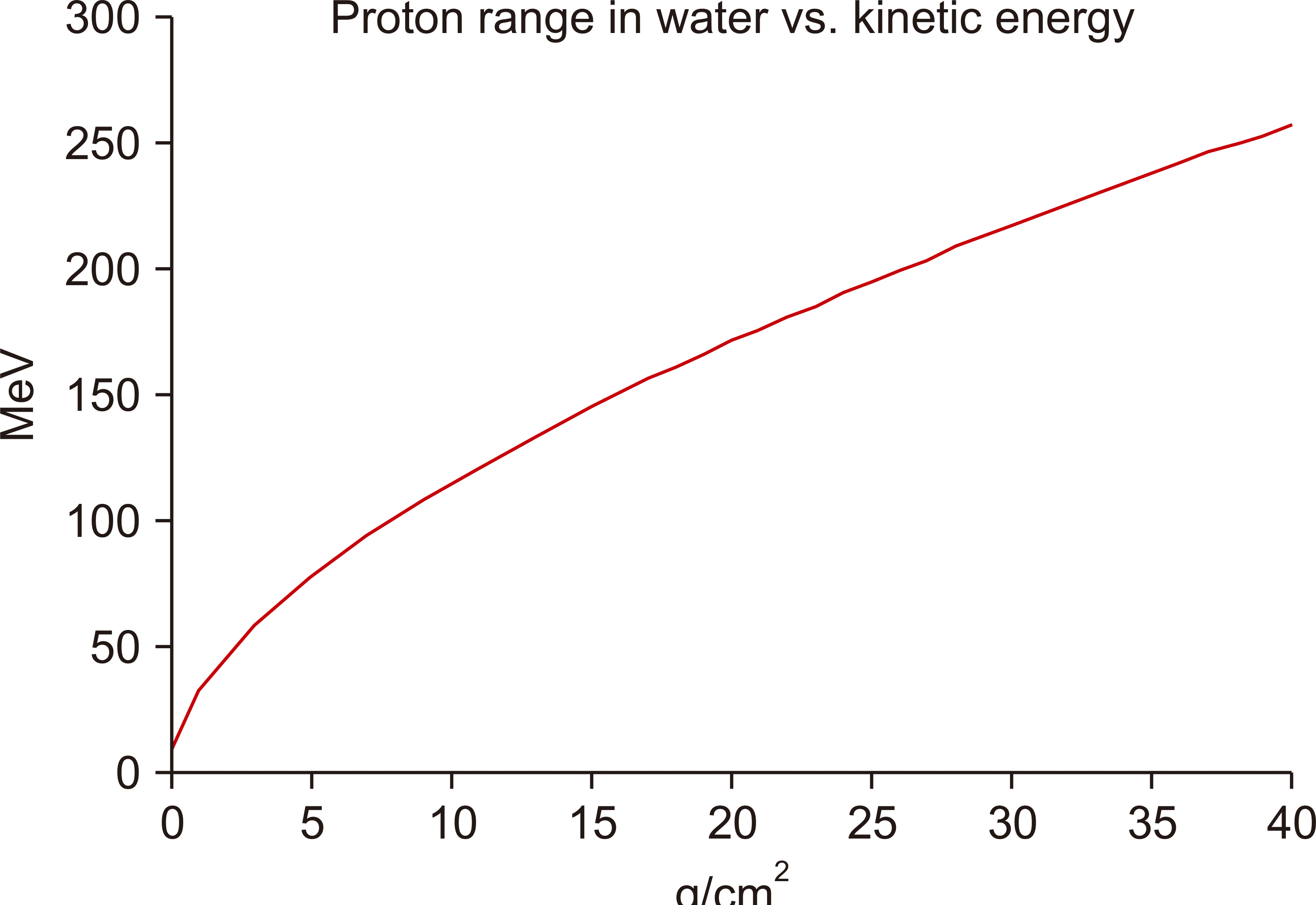

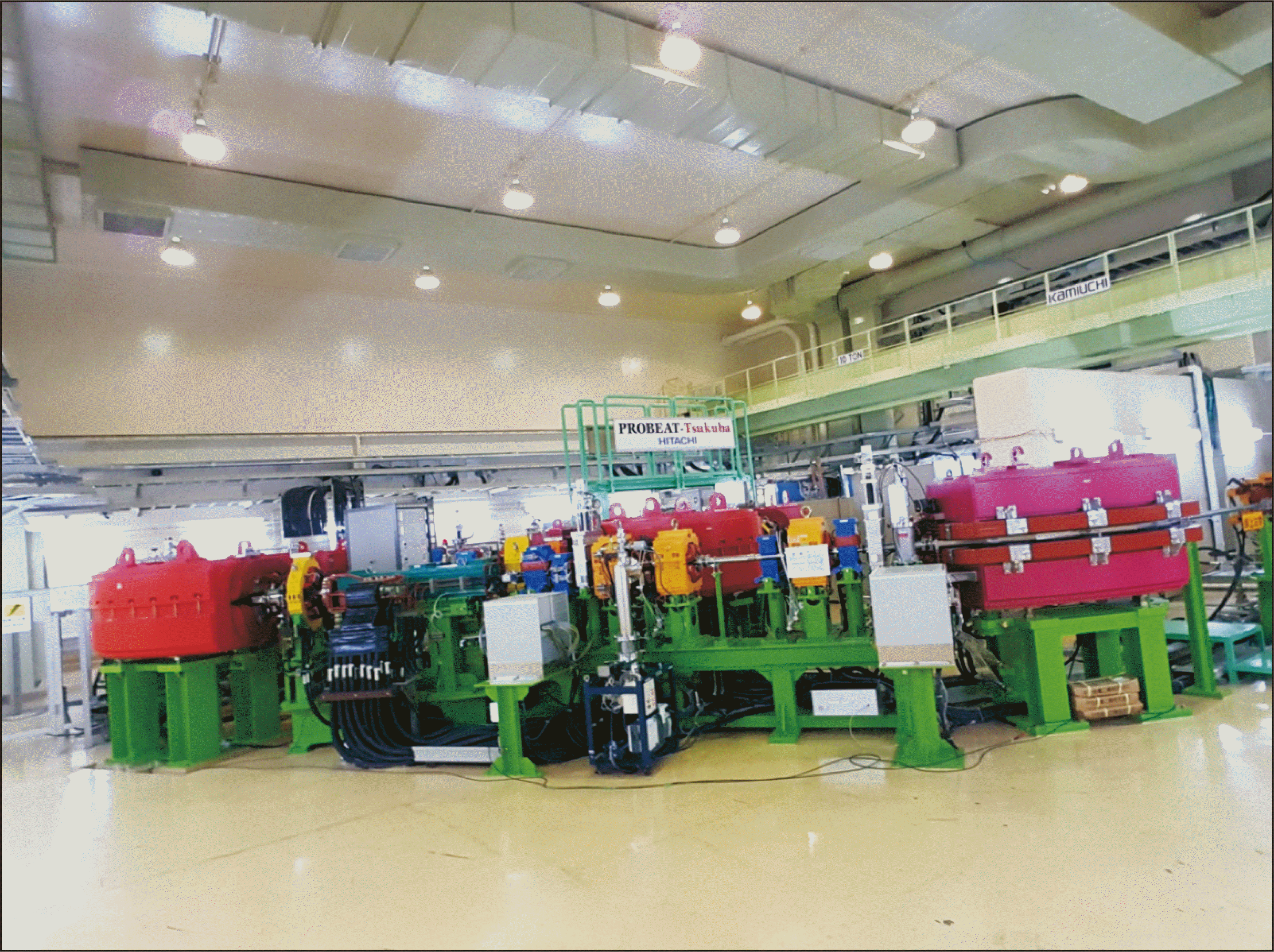
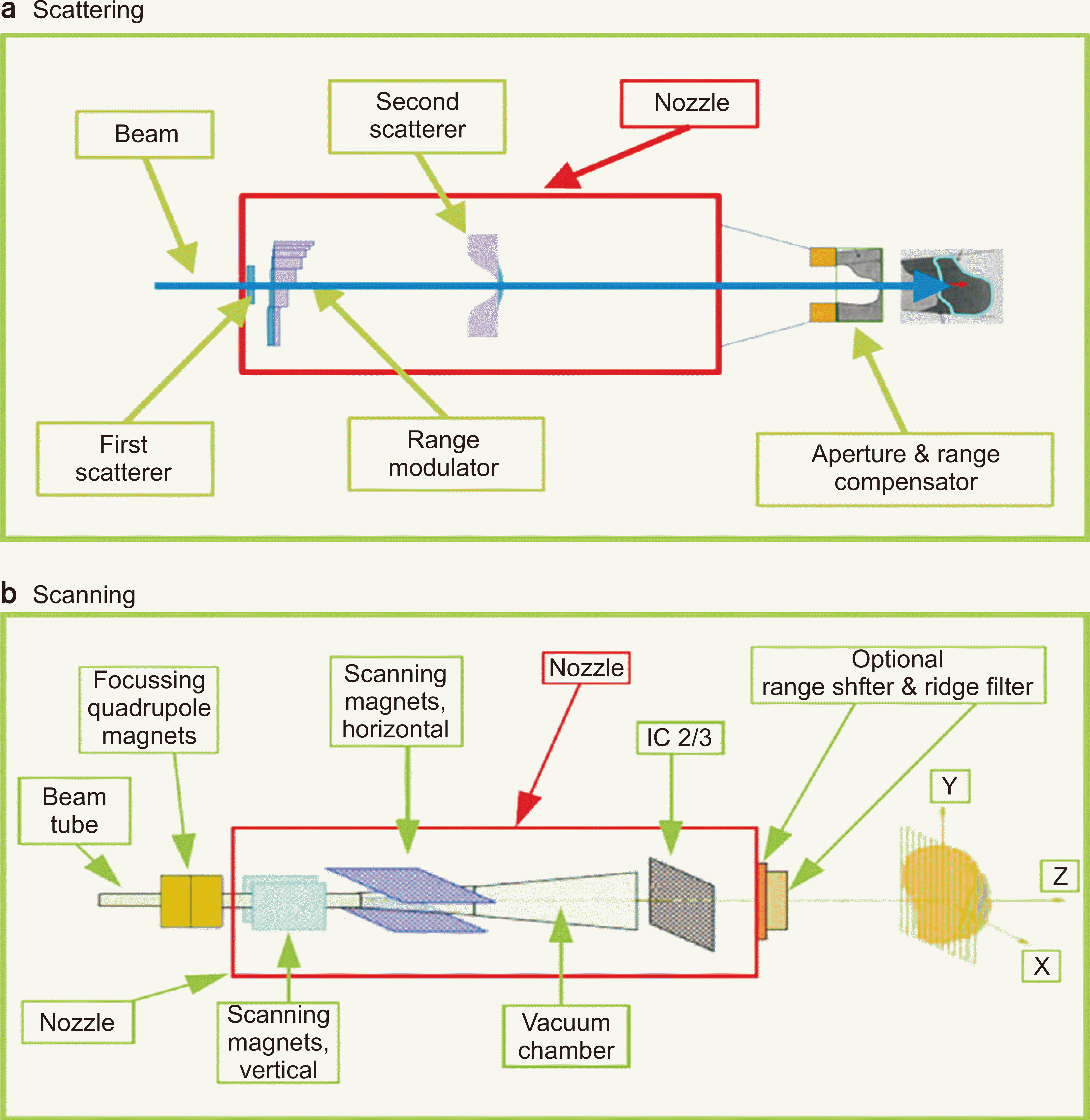


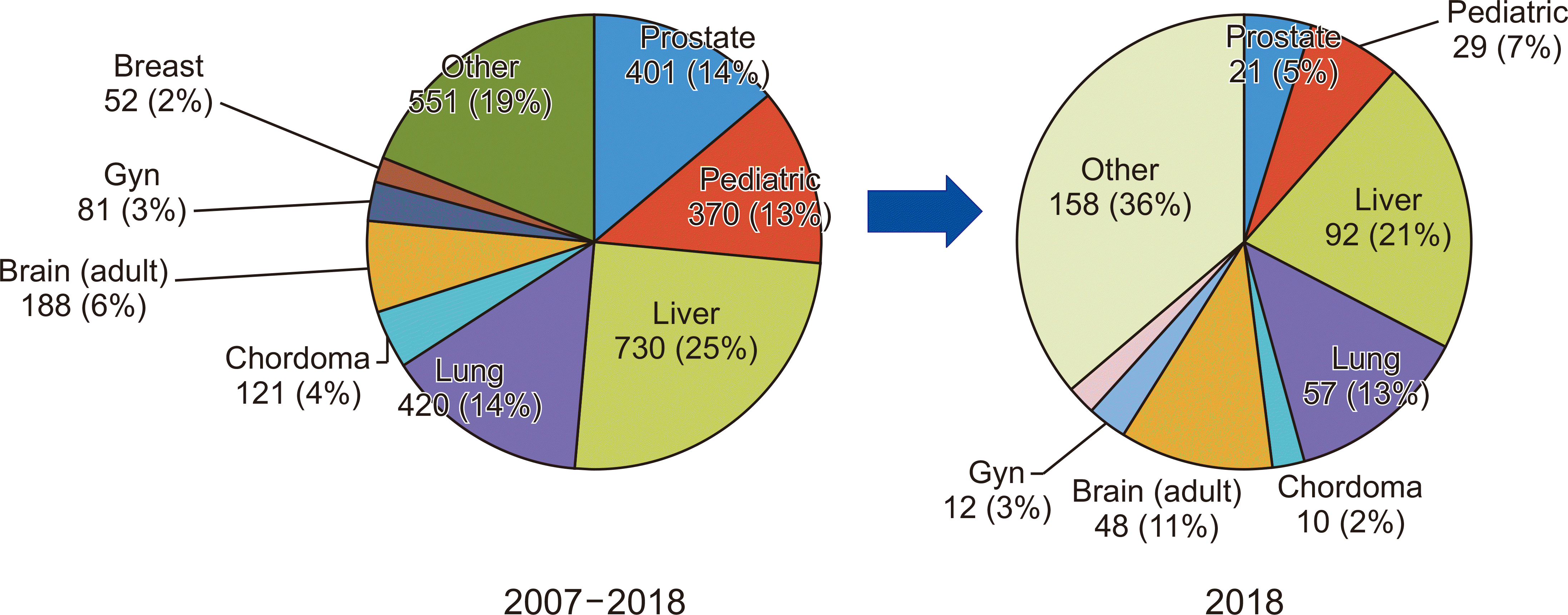
 XML Download
XML Download